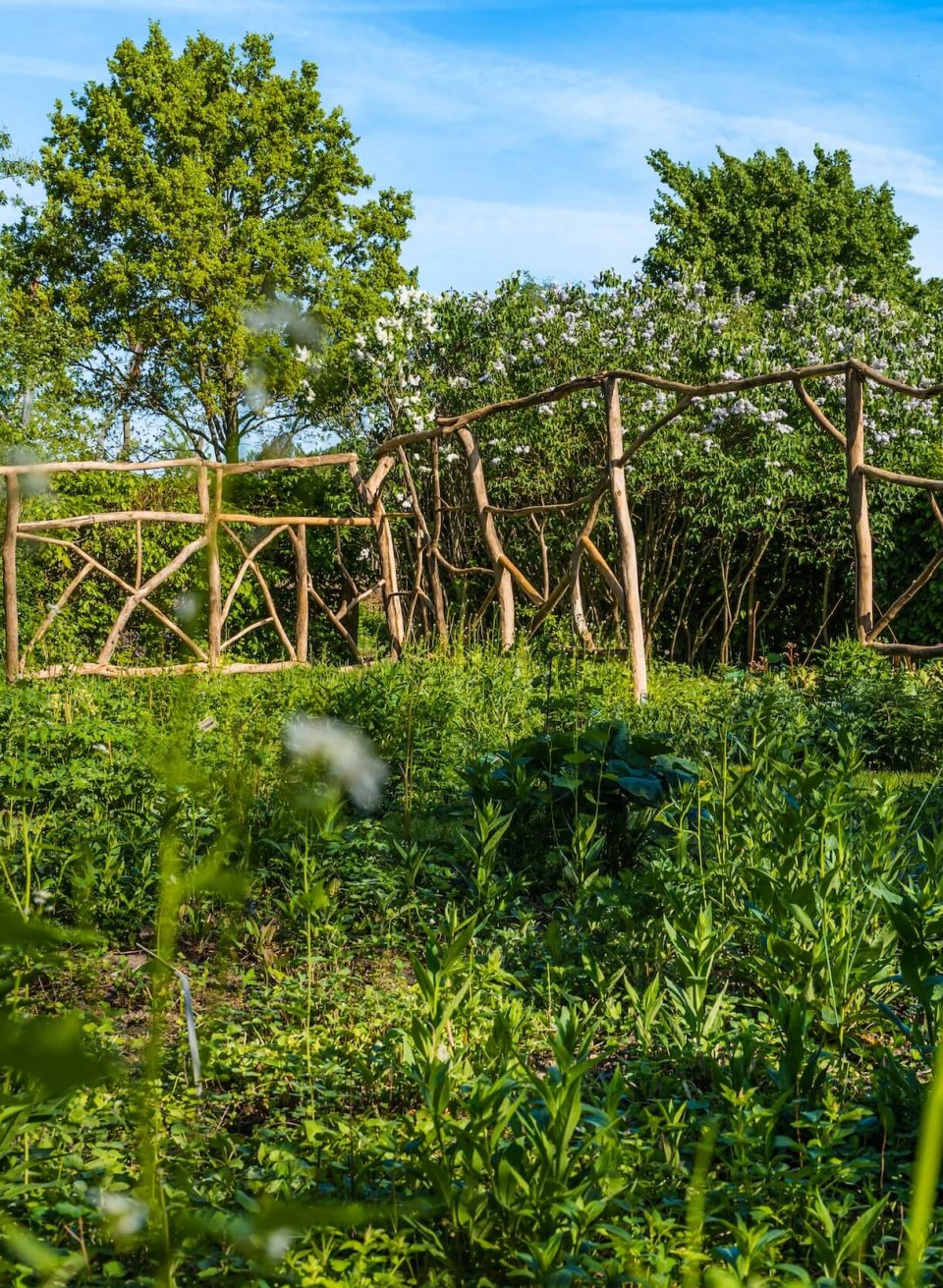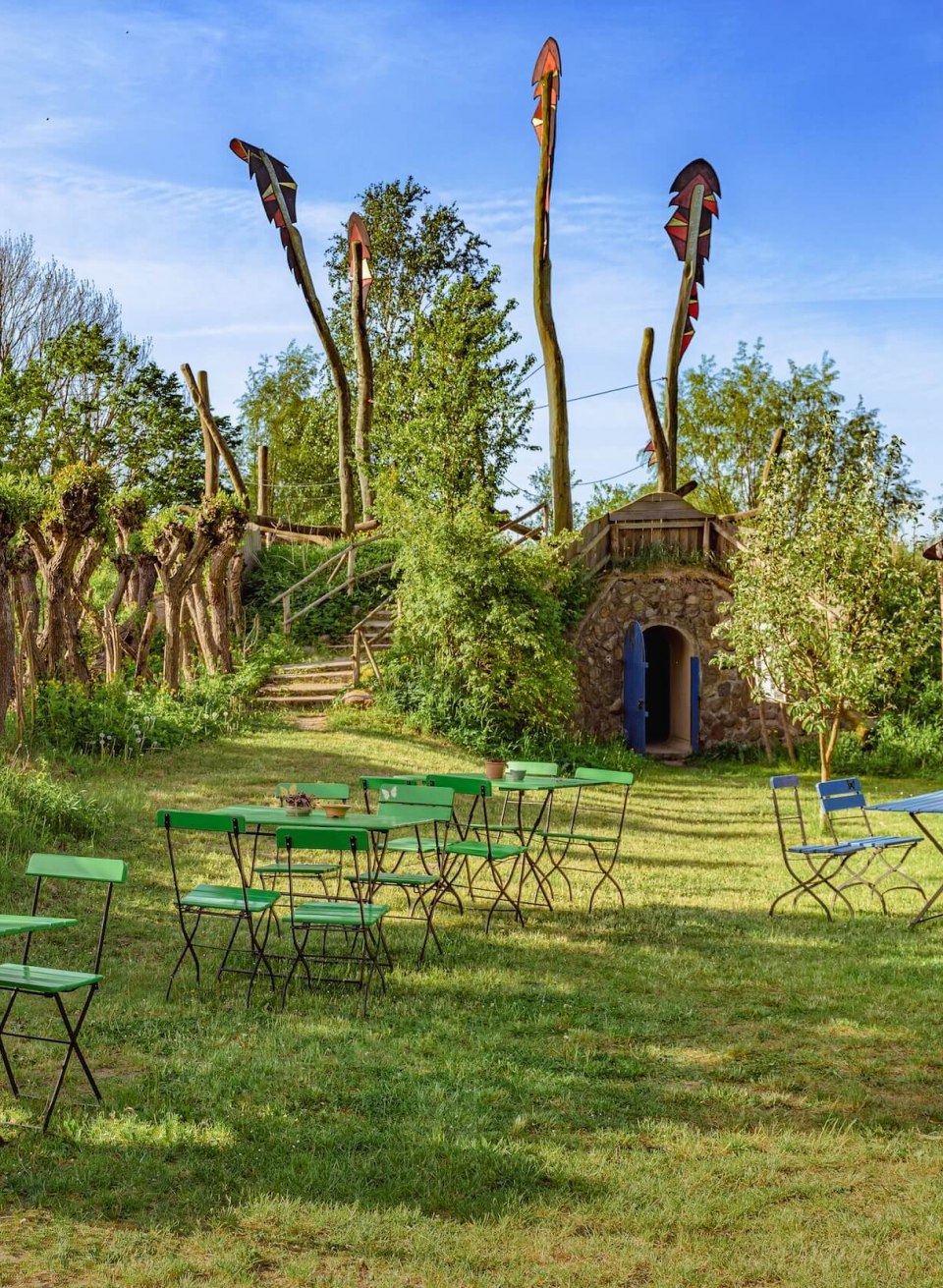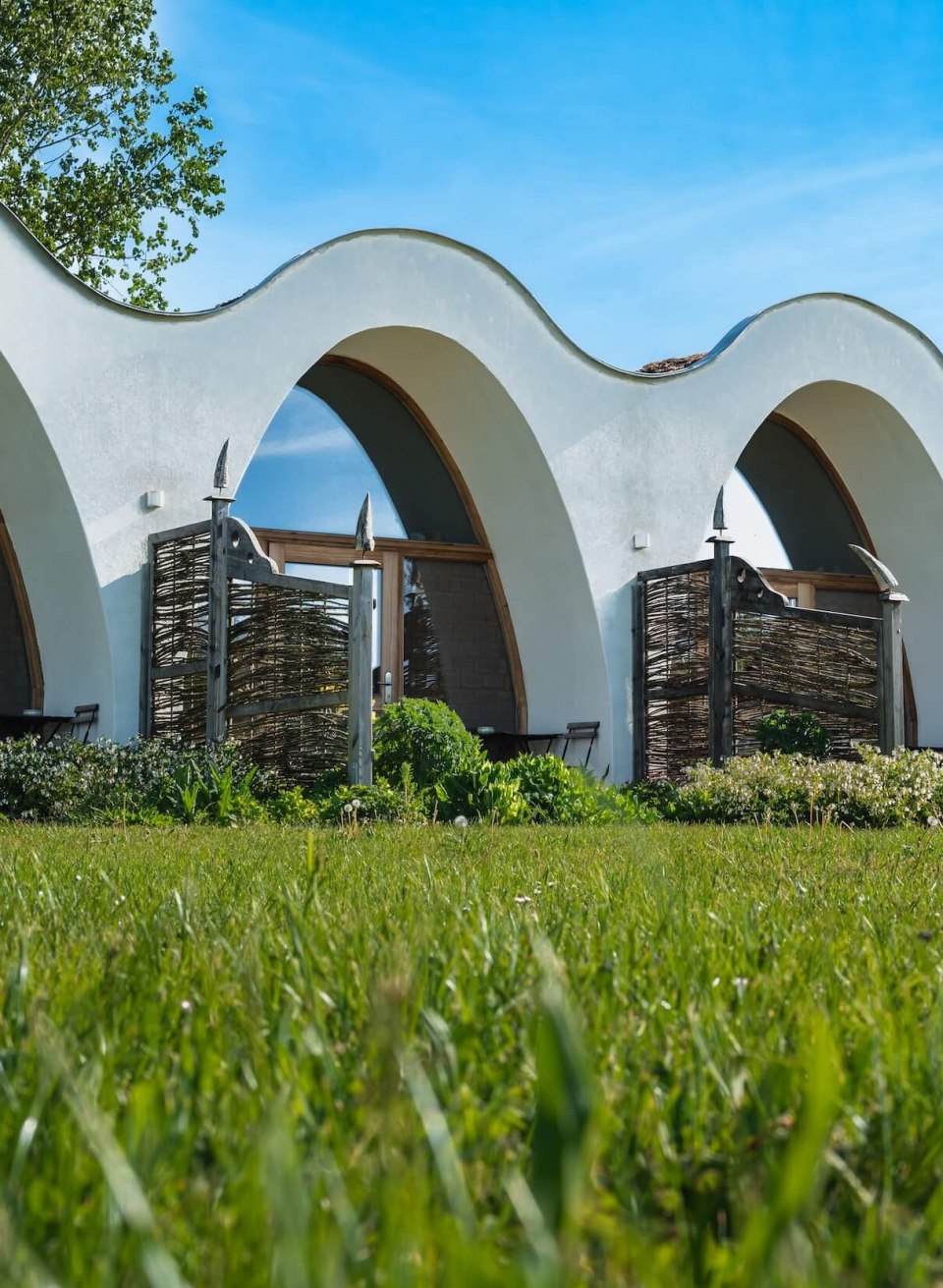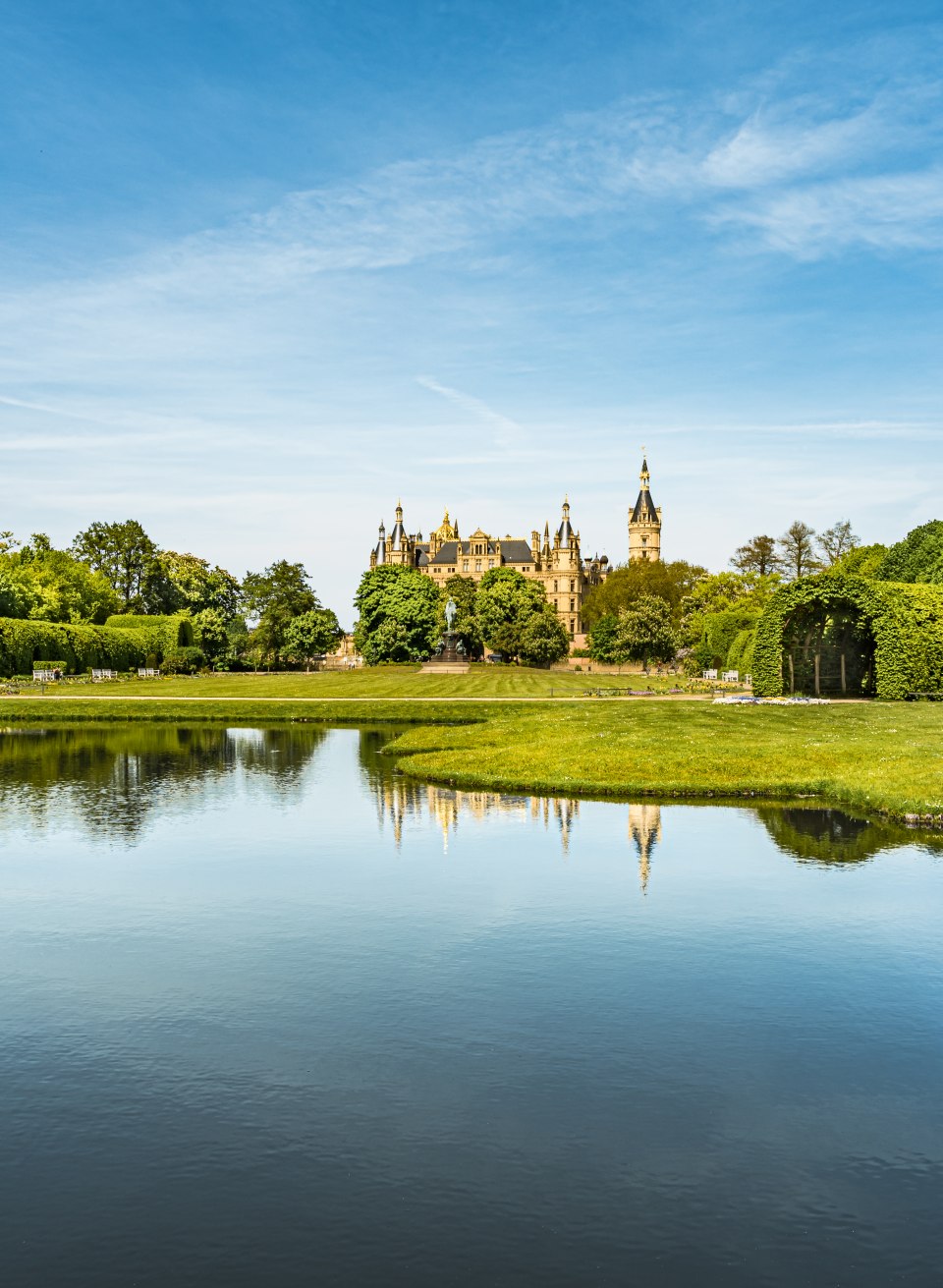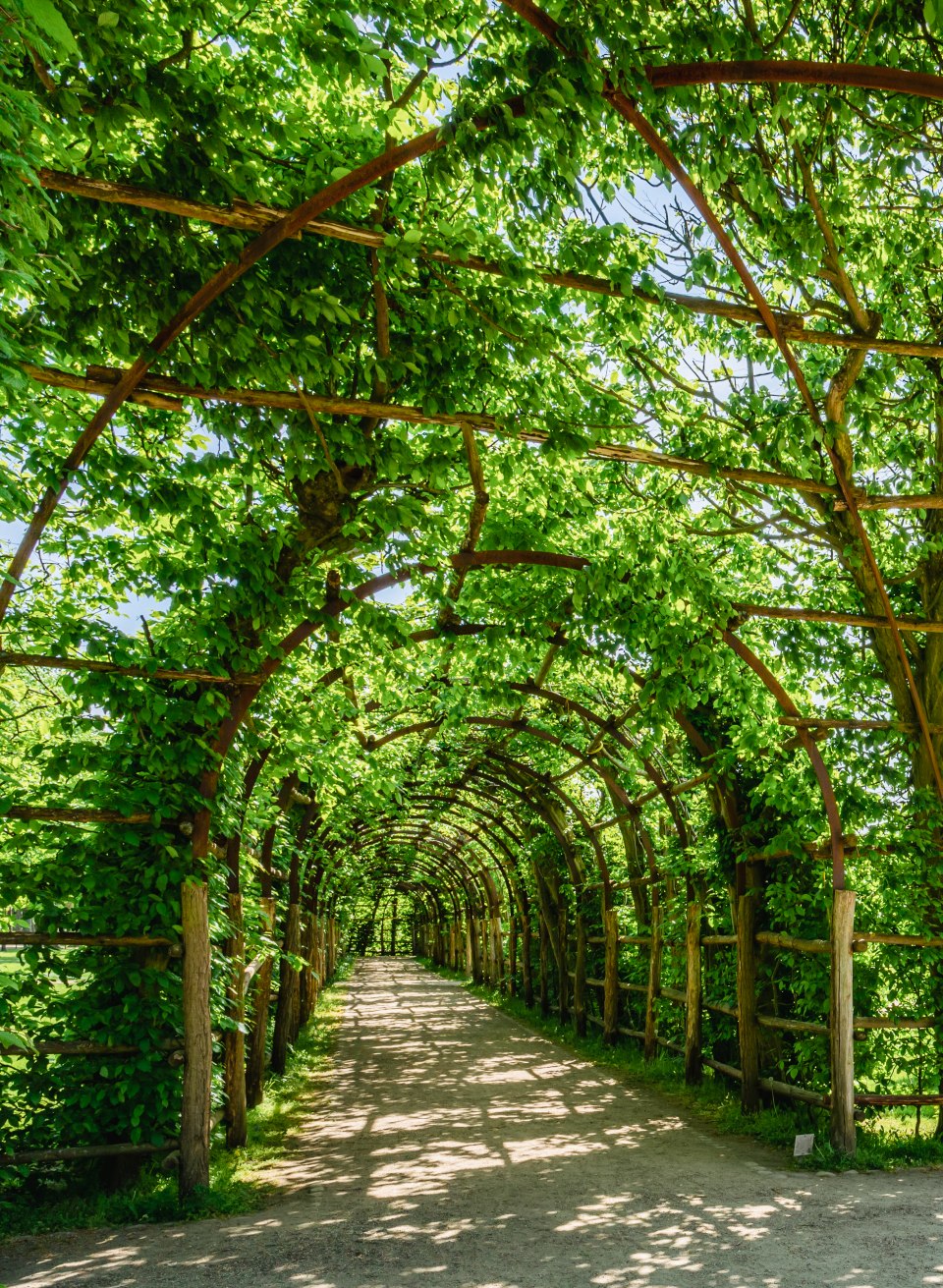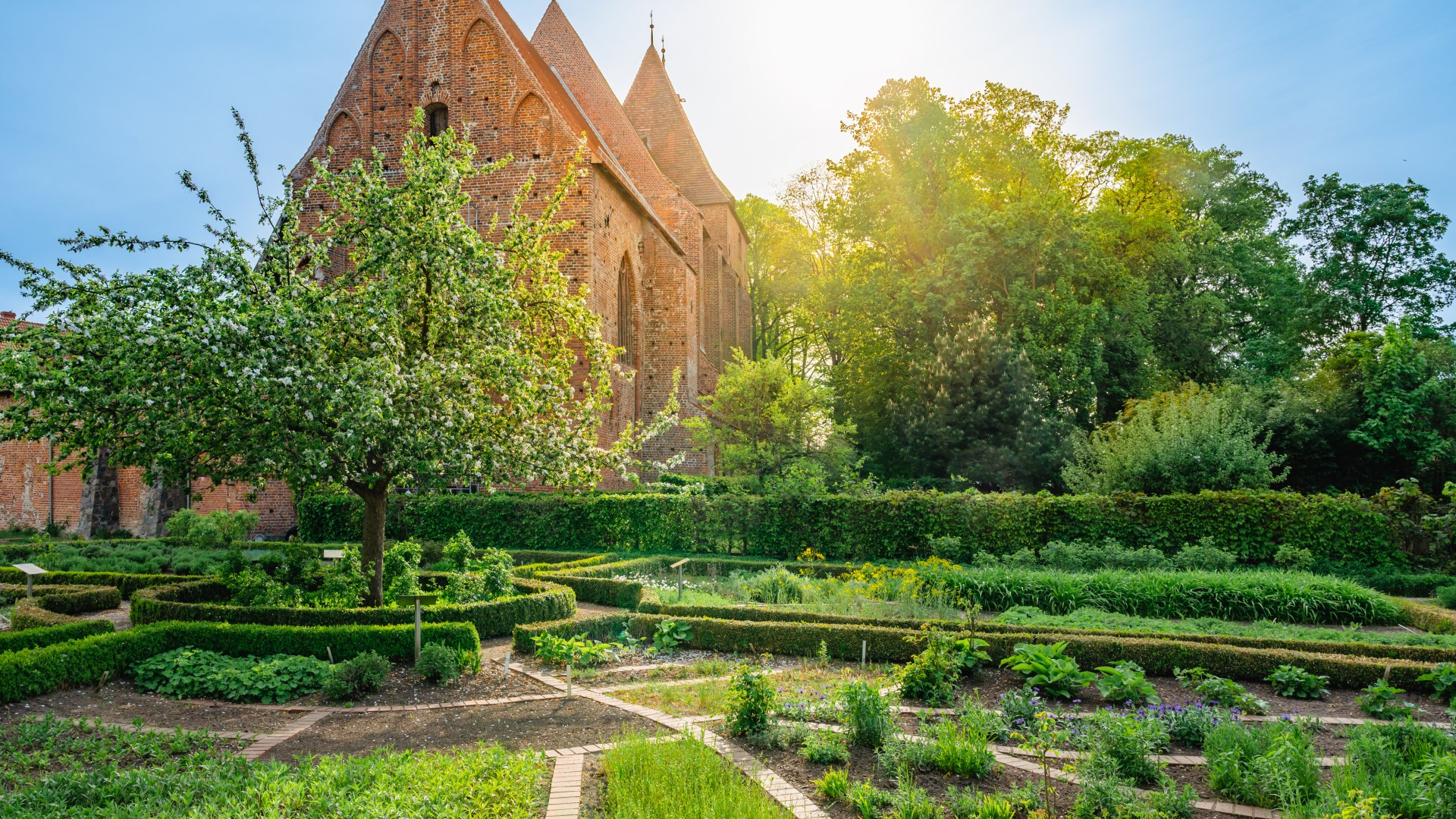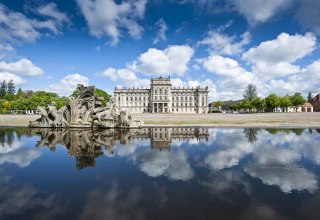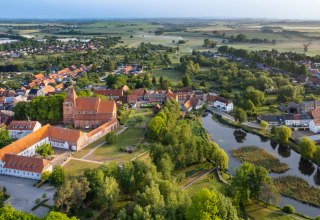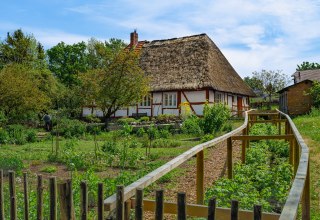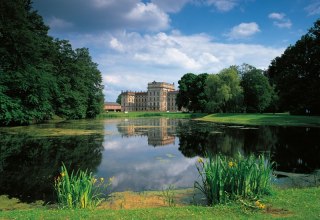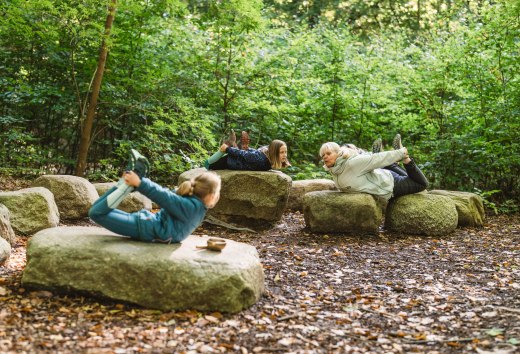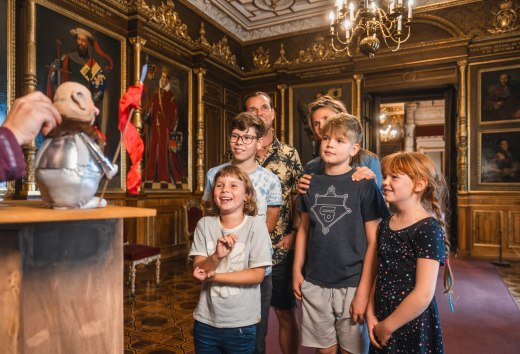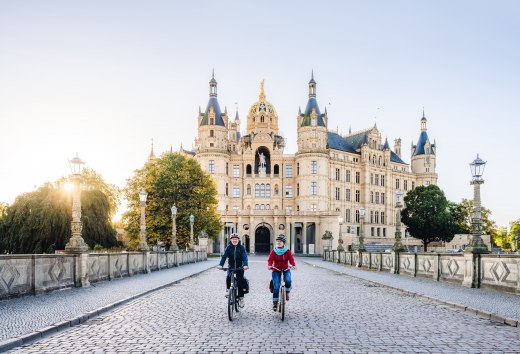A pot of „Red Devil“ stands on the table, waiting for a chili lover who might want to buy it. Next to it, the leaves of the Ruthje tomato sway gently in the breeze that blows through the covered area in front of the cottage garden. Garden guide Jasmin Sepahzad gently strokes the young seedlings with her fingers. The teacher and garden manager knows the Wangelin garden inside out. She knows where purple bergenias are currently blooming next to white and green snow feather funcias and which quince trees by the small pond are showing off their delicate pink flowers today. „It's at its most beautiful here in the early morning“, says Jasmin happily.
A demonstration of power, a basis for survival, a place of retreat: gardens have been created over the centuries for a wide variety of reasons. Here we present five very different gardens in Mecklenburg-Vorpommern from different eras, all of which have one thing in common: They give you the happiness of being in nature. A garden journey through Mecklenburg-Vorpommern.


